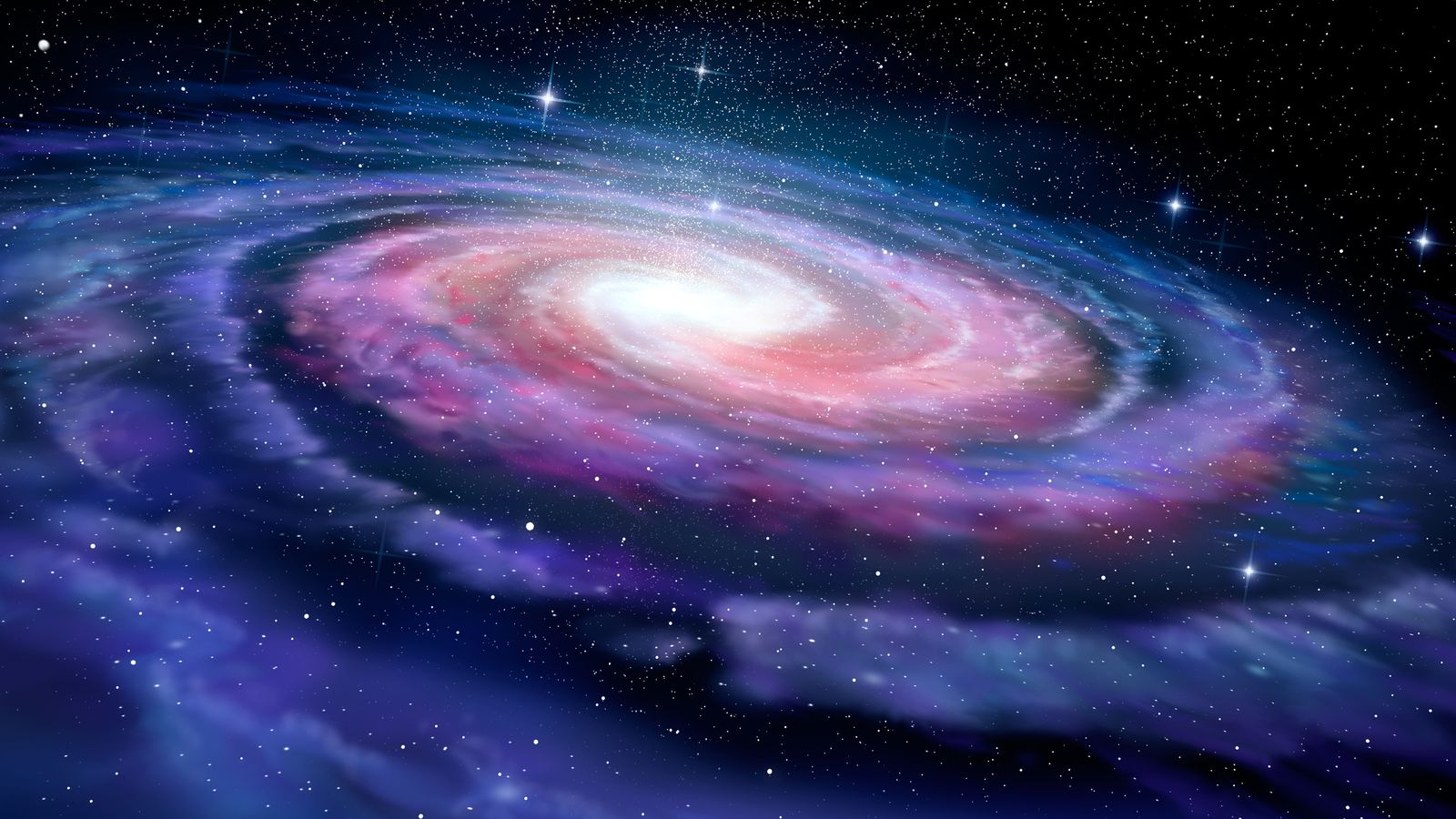A study into the formation of early galaxies has upended long-held theories about the evolution of the universe.
Using NASA‘s powerful James Webb Space Telescope (JWST), a team of international researchers looked back at some which formed 10 billion years ago or more.
It was a time when astronomers had believed our own Milky Way would have found it harder to form, because its pancake-like disc shape was too fragile to survive a period when galaxy mergers were more common.
But now astronomers have found evidence that many of these early galaxies were in fact similar to ours.
The findings suggest that Milky Way-likes are 10 times more common throughout the universe than previous observations from the Hubble Space Telescope had shown.
It’s significant as experts believe these disc galaxies are well suited for life to develop, given their relatively stable structure helps organise stars and other celestial objects in an organised, flat plane.
This can provide a gravitational environment more conducive to planets forming, making them intriguing targets for astronomers searching for potentially habitable worlds.
Christoper Conselice, extragalactic astronomy professor at the University of Manchester, said the new study shows these galaxies are the most common in the universe.
He added: “Based on our results, astronomers must rethink our understanding of the first galaxies and how galaxy evolution occurred over the past 10 billion years.”
Read more science and tech news:
FIFA is back – but not quite as we know it
Parasitic plant convinces host to grow into own flesh
iPhone 15 is here – and innovation is harder to come by
Be the first to get Breaking News
Install the Sky News app for free
Lead author Leonardo Ferreira, from the University of Victoria, paid tribute to the power of the JWST, saying the revelations would not have been possible without it.
Launched on Christmas Day 2021, it has previously been used to capture stunning pictures of stars being born, stars dying, and Neptune’s mesmeric rings.
The findings have been published in the Astrophysical Journal.







